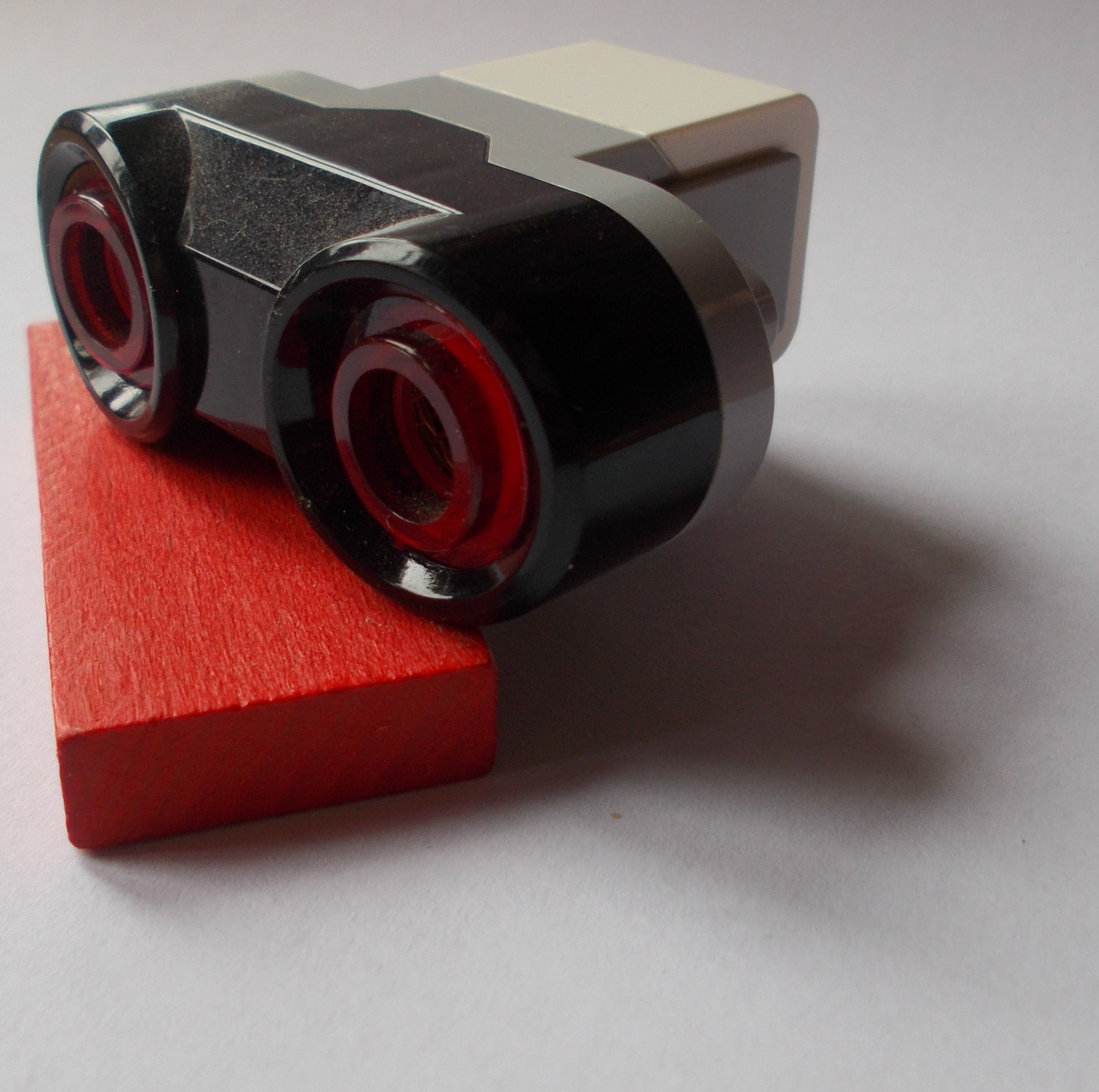
Tesla’s latest innovation, Actually Smart Summon (ASS), is shaking up the automotive landscape, as it enables drivers to summon their vehicles from afar using the Tesla mobile app. This feature is a significant leap toward fully autonomous driving, sparking excitement not only for its capabilities but also for the technological advancements linked to the new Hardware 4 (HW4) system compared to the older Hardware 3 (HW3).
Originally launched for a select group of beta testers, ASS has proven to work flawlessly in various real-world situations, making it a hot topic among Tesla fans and the wider automotive community. With Elon Musk teasing a broader rollout for all Tesla owners in the near future, there’s palpable anticipation, driving many to wonder how these two hardware versions really compare.
The test conducted by two prominent Tesla owners
The test conducted by two prominent Tesla owners, Zack and Omar, provided valuable insights into the performance differences between HW3 and HW4 Model 3s during the Actually Smart Summon feature trials. Zack’s 2018 Model 3 equipped with HW3 includes ultrasonic sensors and the legacy Intel Atom graphics processor, whereas Omar’s 2024 Model 3 uses HW4, which operates without ultrasonic sensors and is powered by the latest AMD Ryzen APU. The differences in technology present an intriguing juxtaposition as both cars were put to the test in a moderately busy parking lot filled with pedestrians.

As the test commenced, both models executed the ASS feature impressively. The initial findings were astonishing: both HW3 and HW4 performed almost identically in their ability to navigate the parking lot and respond to obstacles. This similarity in performance has raised optimism within the Tesla community, indicating that the legacy HW3 is still capable of handling advanced features, including ASS. With the confidence of both drivers, they shared updates on social media, expressing their delight at the responsiveness and efficiency of the cars during the test.
Another noteworthy aspect of the comparison was the positive behavior shown by both vehicles around pedestrians. For a feature designed to operate in close proximity to people, this aspect is crucial. The behavior displayed by both models demonstrates Tesla’s commitment to safety and its ability to adapt to real-world conditions. Observers noted how well the cars made quick decisions, which is essential for autonomous driving technology. The overall performance left both Zack and Omar impressed and reaffirms the extensive groundwork laid by Tesla in developing autonomous features.
Alongside hands-on experiences, video footage from the tests has provided compelling evidence of the performance differences between HW3 and HW4. Viewers observed both vehicles expertly maneuvering around obstacles and responding to pedestrian movements, showcasing the impressive evolution of Tesla’s autonomous driving technology, regardless of the hardware. As excitement builds for the full launch of ASS, early results have already established a high standard for reliability and performance.
The excitement surrounding Tesla’s Actually Smart Summon feature is amplified by the fact that the HW3 vehicles have not been left behind in this race towards autonomy. Many Tesla owners with HW3 systems have been apprehensive about the new HW4, fearing obsolescence. However, this comparative test demonstrates that both hardware generations are capable of delivering exceptional results. This paves the way for a more inclusive future, where older Tesla models will also benefit from advancements in self-driving technology without needing to upgrade to the latest version.
Ultimately, the performance comparison between HW3 and HW4 serves as a crucial milestone in understanding Tesla’s autonomous driving capabilities. The ability of both models to execute the Actually Smart Summon feature so similarly not only highlights the effectiveness of Tesla’s software but also reinforces the notion that the ongoing development in autonomous driving will continually enhance the driving experience for all Tesla owners, regardless of the hardware installed in their vehicle. As Tesla prepares for a broader rollout of ASS, the community remains optimistic about what the future holds for their beloved vehicles and the advancements yet to come.
The performance analysis of Tesla’s Actually Smart Summon (ASS) feature across its two hardware generations—HW3 and HW4—delivers an intriguing insight into Tesla’s innovative capabilities. As Zack and Omar took their respective Tesla Model 3s for a spin in a bustling parking lot, the atmosphere was charged with anticipation, and they were ready to document how each hardware version would handle the challenges of real-world scenarios.

Aspects need to note
The most notable differences emerged in the hardware configurations of the two models. While the HW3, introduced in 2018, relies on ultrasonic sensors and the older Intel Atom graphics processor, the HW4, launched in 2024, has opted for a more advanced approach, featuring the powerful AMD Ryzen APU and omitting ultrasonic sensors entirely. This shift underscores the fascinating journey of Tesla’s technological advancements and their direct impact on vehicle performance.
As both HW3 and HW4 activated the Actually Smart Summon feature, it was impressive to see their operational capabilities were strikingly similar. Both models navigated the crowded parking lot with remarkable ease, demonstrating agility around moving pedestrians—a challenging task in such a complex environment, highlighting Tesla’s engineering excellence.
The similarity in performance raises important questions about the advancements made in the HW4 upgrade. Does having the latest hardware significantly enhance the vehicle’s autonomous capabilities, or has the software developed by Tesla matured to a point where it can utilize the existing hardware effectively? It seems that Tesla’s software prowess indeed plays a crucial role, as both models showcased a level of sophistication that could easily keep pace with the expectations of modern autonomous driving technology.
Tesla’s unwavering focus on safety was clearly demonstrated in this performance analysis, as both HW3 and HW4 vehicles showed commendable behavior around pedestrians, a vital criterion for autonomous driving features. Their ability to make swift decisions and skillfully navigate around individuals and obstacles is promising, indicating that Tesla prioritizes not just performance metrics but also the safety of every road user.
The demonstration showcased how well these systems adapt to real-world conditions. Both Zack and Omar shared their experiences on social media, praising the responsiveness of their vehicles during the tests. Their excitement mirrored that of many Tesla enthusiasts, who have long awaited a reliable autonomous driving feature that delivers consistently across hardware generations.
Furthermore, the analysis provided by video footage from the tests added a compelling visual dimension to the performance evaluation. Viewers could witness firsthand how both models maneuvered smoothly and efficiently. The engaging nature of this content not only serves to illustrate the capabilities of Tesla’s technology but also cultivates a deeper sense of community among Tesla owners eager to share in the excitement of innovation.

As the autotonomous driving landscape continues to evolve, the performance comparison of HW3 and HW4 during the Actually Smart Summon tests stands as a testament to Tesla’s ongoing commitment to enhancing the user experience. It highlights a broader message: even older vehicles with HW3 hardware are not obsolete but rather equipped to benefit from emerging technologies.
The enthusiasm surrounding the performance of both models underscores Tesla’s intention to maintain a cohesive ecosystem where all users can experience advancements in self-driving features without necessitating hardware upgrades. This is significant, especially for owners who may feel apprehensive about being left behind as technology progresses. The parity in performance between HW3 and HW4 fosters a sense of inclusivity, where every Tesla owner can look forward to the future with confidence.
The future
Looking ahead, the implications of these findings extend beyond the immediate performance comparison. They suggest a bright future for Tesla’s autonomous driving technology, highlighting the potential for continued improvements in software capabilities that can leverage existing hardware. As the company prepares for a broad rollout of the Actually Smart Summon feature, there is a palpable excitement within the Tesla community, as owners remain eager to explore the enhancements that lie ahead. This promising performance analysis not only reinforces the advancements made in Tesla’s technology but also acknowledges the importance of community and shared experiences among Tesla enthusiasts. The inquiry into how HW3 can continue to operate effectively alongside the latest HW4 system opens up new discussions about the nature of technological advancement in the automotive industry, fostering an environment where innovation thrives on collaboration and shared knowledge.

The comparative performance analysis of HW3 and HW4 during the Actually Smart Summon tests not only showcases Tesla’s technological capabilities but also illuminates the future of autonomous driving. The ability of both hardware generations to perform at such a high level hints at a future where Tesla remains at the forefront of innovation in the automotive sector. As we look forward to further advancements from Tesla, this comparison serves as an exciting reminder of the endless possibilities that await the industry and the pivotal role Tesla is carving out for itself.
Related posts:
Watch how Actually Smart Summon (ASS) works on HW3 vs HW4 Tesla cars
Tesla’s HW3 and HW4 Cameras: Comparing the Differences in Quality and Hardware
Tesla formally releases Actually Smart Summon (A.S.S.)





